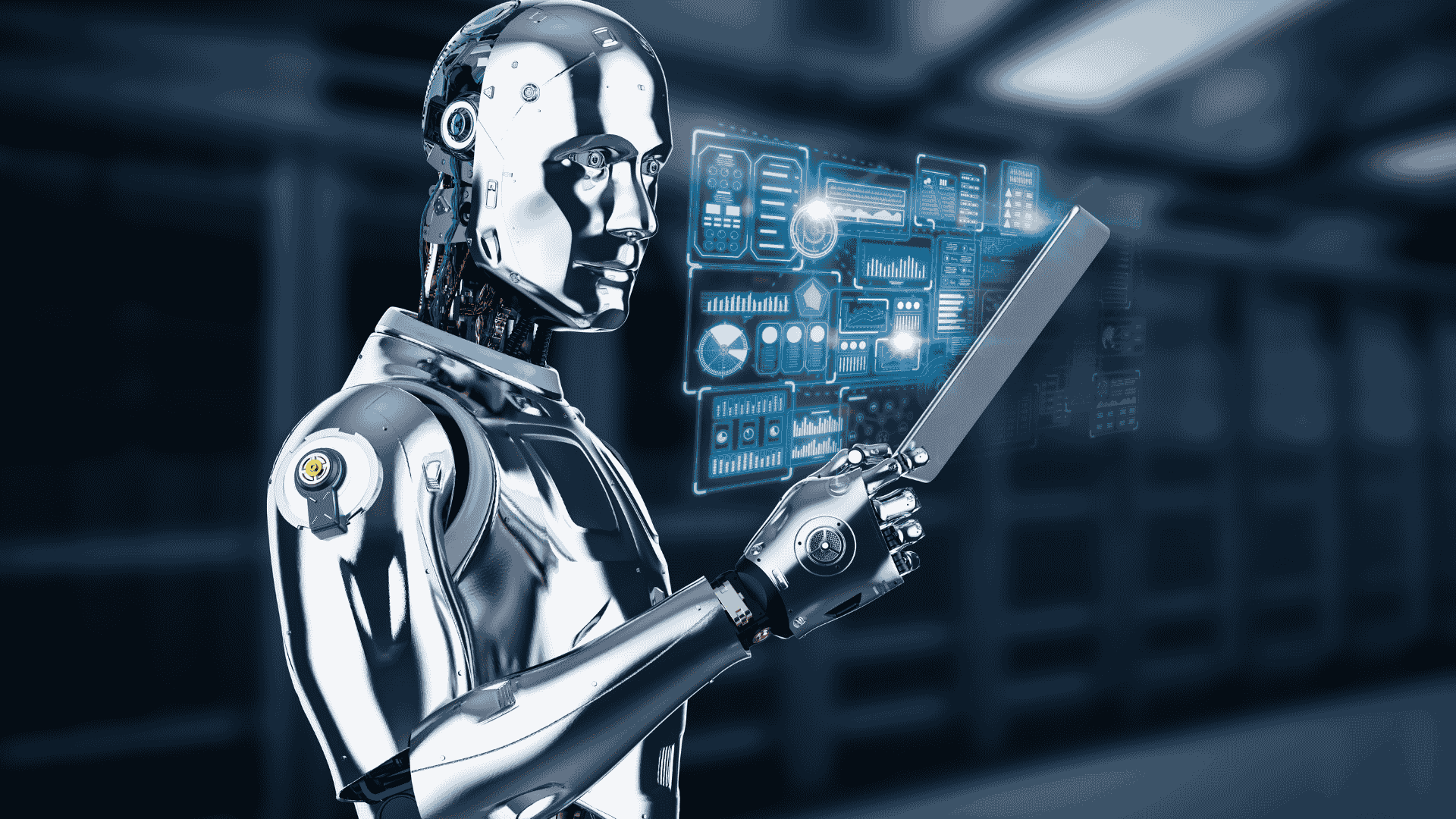
Introduction to Generative AI in Software Testing
_______ Sankar SanthanaramanWith AI becoming mainstream, software testing has become one of the low-hanging fruits to bring in efficiency gains in the software engineering space. Among the various AI technologies, Generative AI has emerged as a game-changer, promising to redefine how we approach software testing. In this blog post, we’ll delve into the world of Generative AI, explore its unique characteristics, and uncover its potential applications in software testing.
What is Generative AI?
Generative AI refers to a class of artificial intelligence algorithms that can generate new, original content based on the patterns and structures they’ve learned from existing data. Unlike traditional AI systems that are primarily designed for analysis and decision-making based on predefined rules or patterns, Generative AI can create new, never-before-seen outputs.
At its core, Generative AI uses complex neural networks, often in the form of Generative Adversarial Networks (GANs) or Variational Autoencoders (VAEs), to learn the underlying patterns and distributions of input data. Once trained, these models can generate new data that is similar to, but not identical to, the training data. For instance, a Generative AI model trained on a dataset of images can create new, photorealistic images that never existed before. Similarly, when trained on text data, it can generate human-like text on various topics.
How is Generative AI different from traditional AI in testing?
To understand the uniqueness of Generative AI in testing, let’s first look at how traditional AI has been used in this field:
- Traditional AI in Testing:
- Primarily focuses on analysis and prediction
- Often uses supervised learning techniques
- Relies heavily on predefined rules and test cases
- Mainly assists in test execution and result analysis
- Generative AI in Testing:
- Can create new, original content (e.g., test cases, test data)
- Uses unsupervised or semi-supervised learning
- Can operate with minimal predefined rules
- Assists in test design, execution, and analysis
Key differences:
- Content Creation: While traditional AI excels at analyzing existing test cases or predicting outcomes, Generative AI can create entirely new test scenarios, test data, or even code snippets for testing.
- Adaptability: Generative AI models can adapt to new scenarios more easily without requiring extensive reprogramming, making them more flexible in evolving software environments.
- Creativity: Generative AI can come up with novel test cases that human testers or traditional AI might not consider, potentially uncovering hidden bugs or edge cases.
- Reduced Bias: By generating a wide range of test scenarios, Generative AI can help reduce human bias in test design, leading to more comprehensive test coverage.
Overview of potential applications in software testing
Generative AI opens up a world of possibilities in software testing. Here are some of the most promising applications:
- Test Case Generation: Generative AI can analyze requirements documents, user stories, or even existing codebases to automatically generate comprehensive test cases. This not only saves time but also ensures better coverage by considering scenarios that human testers might overlook.
- Test Data Generation: Creating realistic and diverse test data is often a challenge. Generative AI can produce large volumes of synthetic, yet realistic, test data that covers a wide range of scenarios, including edge cases.
- Automated Test Script Creation: By understanding the application’s structure and behavior, Generative AI can create test scripts in various programming languages or testing frameworks, reducing the manual effort required in test automation.
- API Testing: Generative AI can analyze API specifications to generate a wide range of test cases, including valid and invalid inputs, helping to ensure robust API testing.
- UI Testing: In visual testing, Generative AI can create variations of UI elements or entire layouts to test the application’s responsiveness and visual consistency across different scenarios.
- Performance Testing: By generating realistic user behavior patterns and load scenarios, Generative AI can enhance performance testing, simulating more accurate real-world conditions.
- Security Testing: Generative AI can create a multitude of potential attack vectors or security breach scenarios, helping to identify vulnerabilities that traditional testing methods might miss.
- Natural Language Processing in Testing: For applications with natural language interfaces (e.g., chatbots), Generative AI can produce a wide range of user inputs to test the system’s language understanding and response capabilities.
- Test Environment Simulation: Generative AI can help create simulated test environments, including virtual services or mock data, to enable more comprehensive testing in controlled conditions.
- Continuous Learning and Improvement: As Generative AI models can learn from new data and testing outcomes, they can continuously improve their test generation capabilities, adapting to evolving software and new types of bugs.
Generative AI represents a paradigm shift in software testing, moving from a predominantly analytical approach to a creative, generative one. By leveraging the power of Generative AI, testers can not only automate repetitive tasks but also enhance the quality and coverage of their testing efforts.
However, it’s important to note that Generative AI is not a replacement for human testers. Instead, it’s a powerful tool that augments human creativity and expertise. The most effective testing strategies will likely involve a synergy between human insight and AI-generated content.
As we stand on the brink of this exciting new era in software testing, it’s clear that Generative AI will play a crucial role in shaping the future of quality engineering in software development. Embracing and integrating these technologies will be key to staying competitive in an increasingly complex and fast-paced digital landscape.
.png)